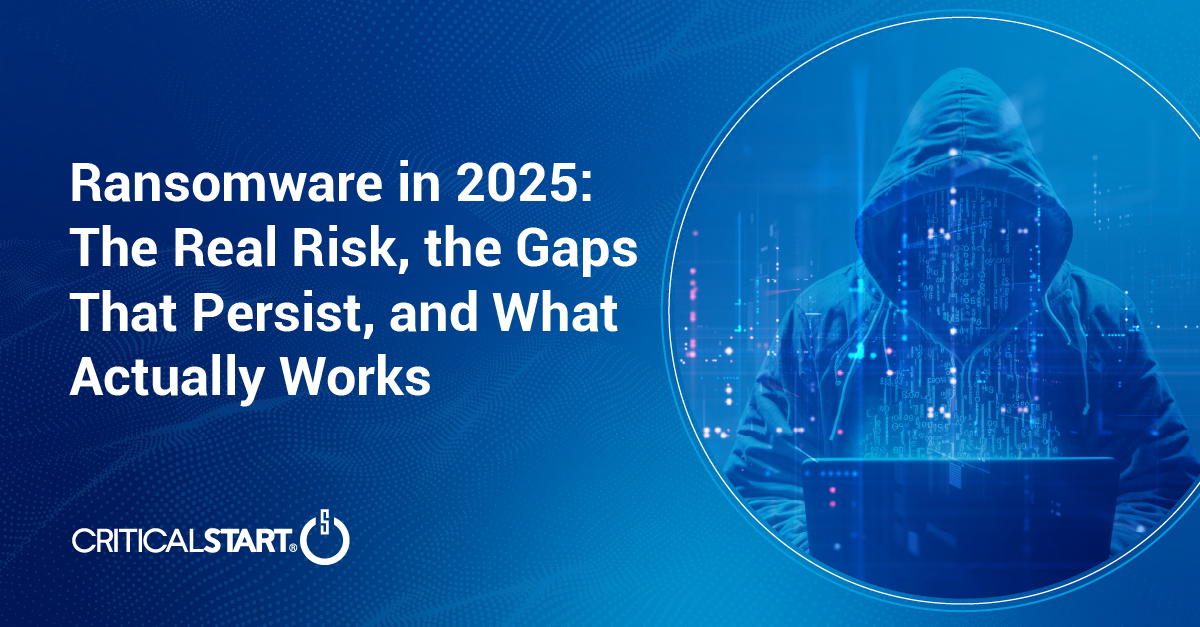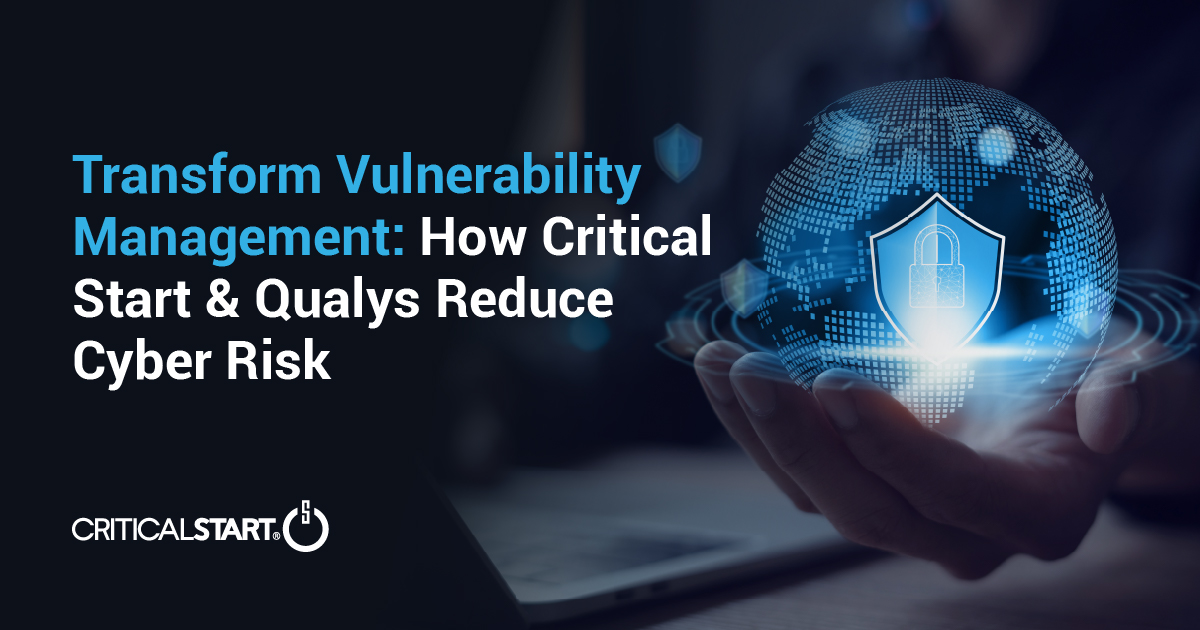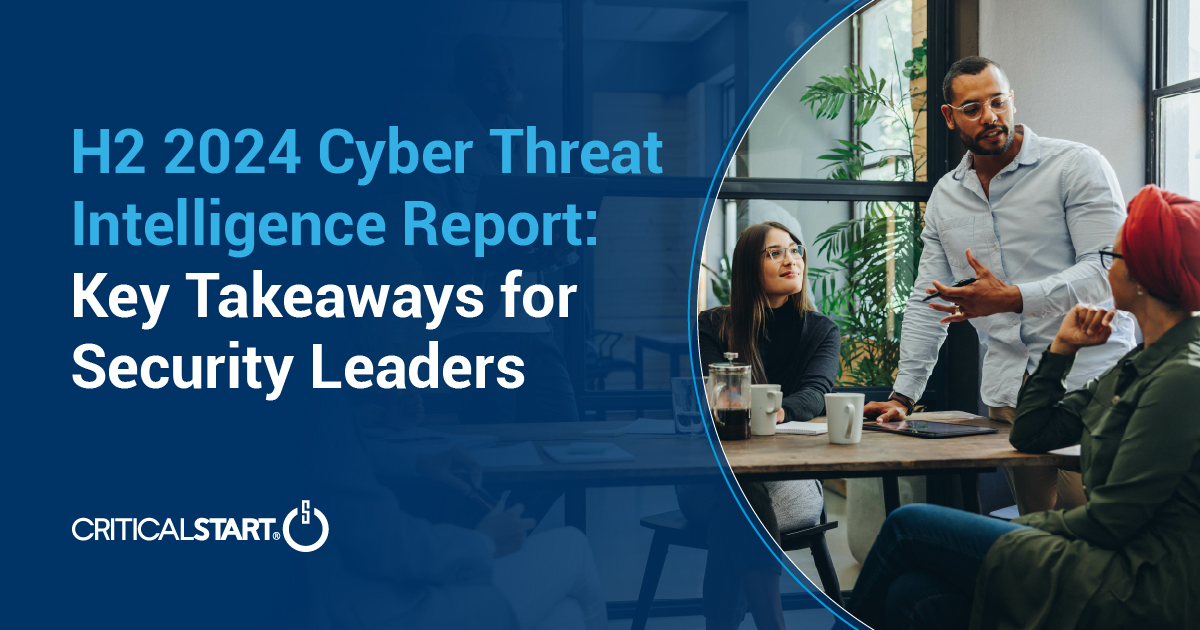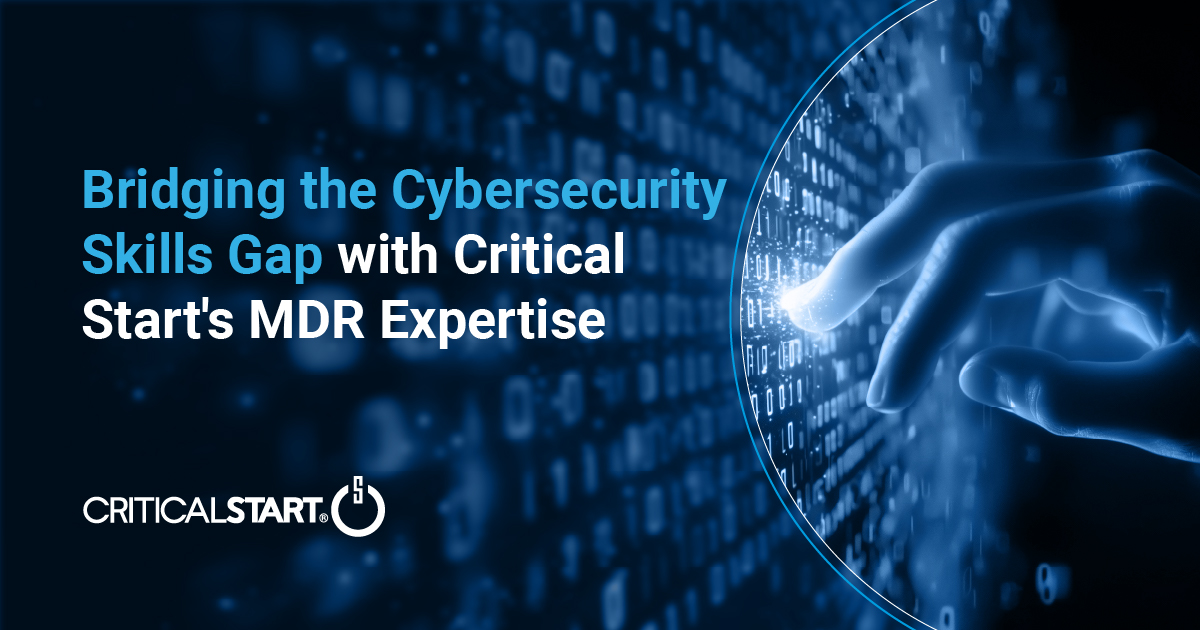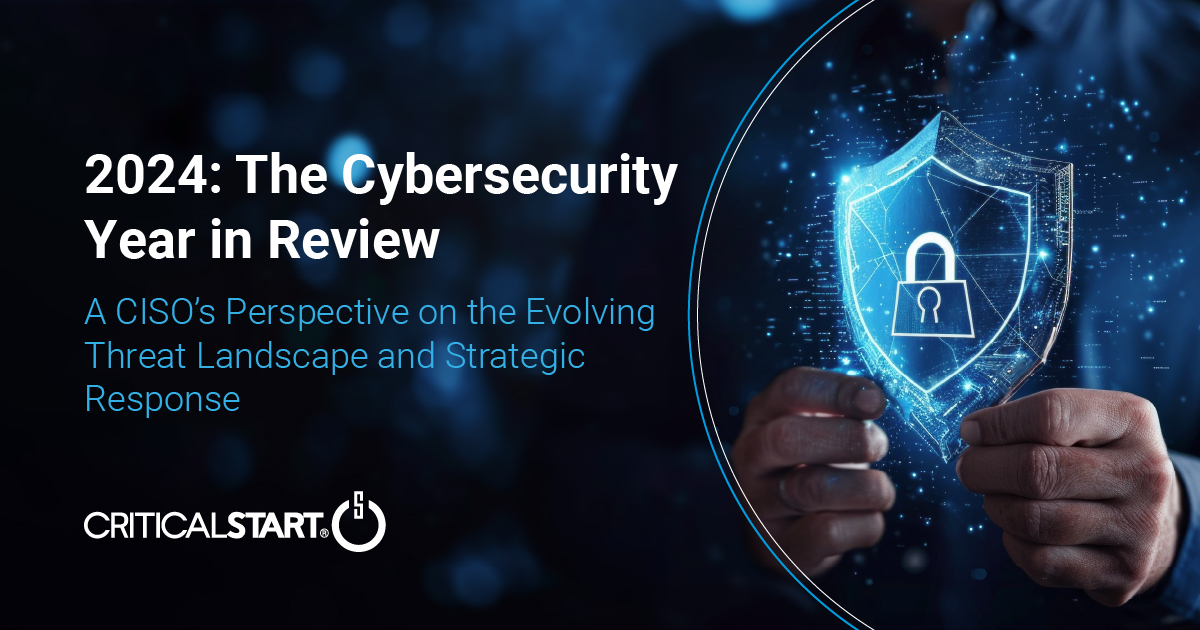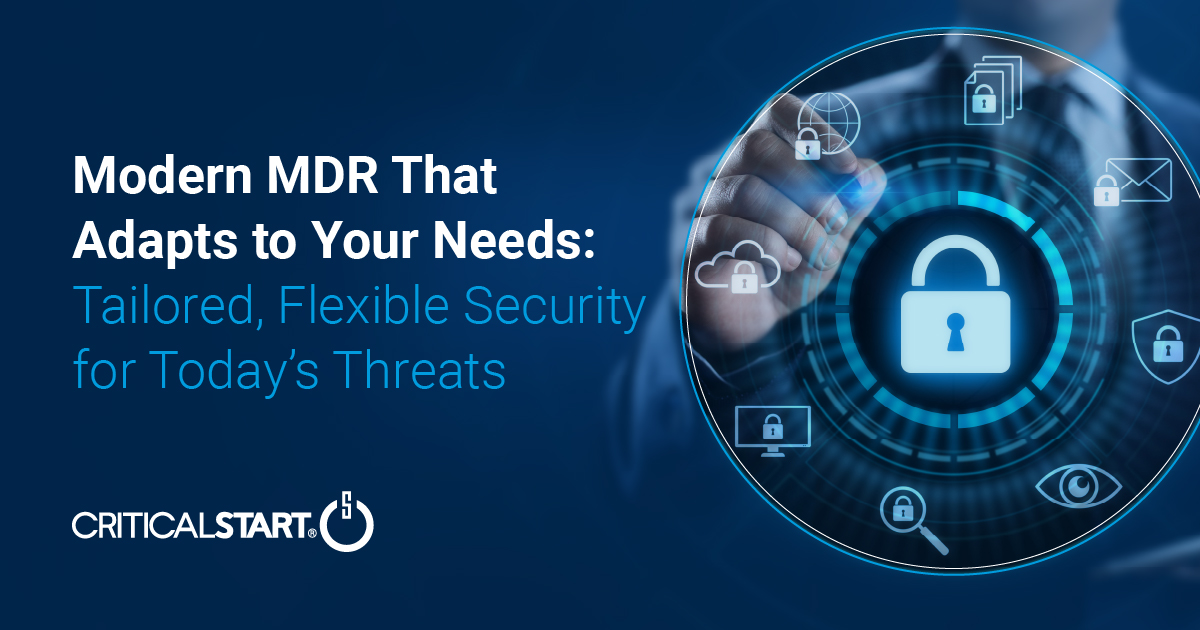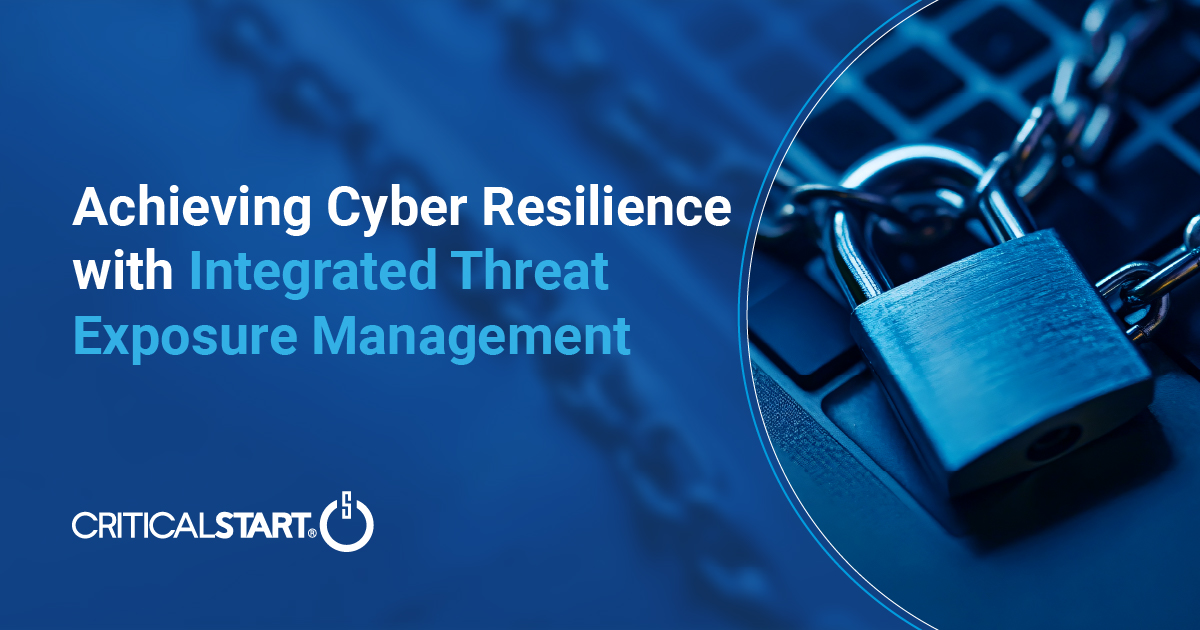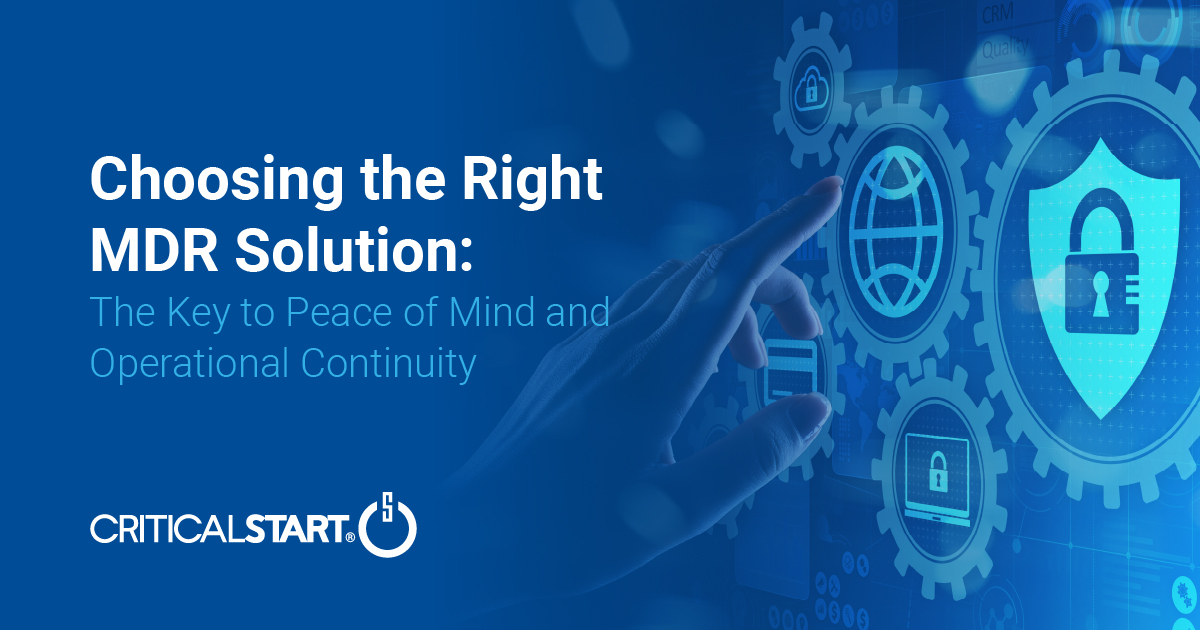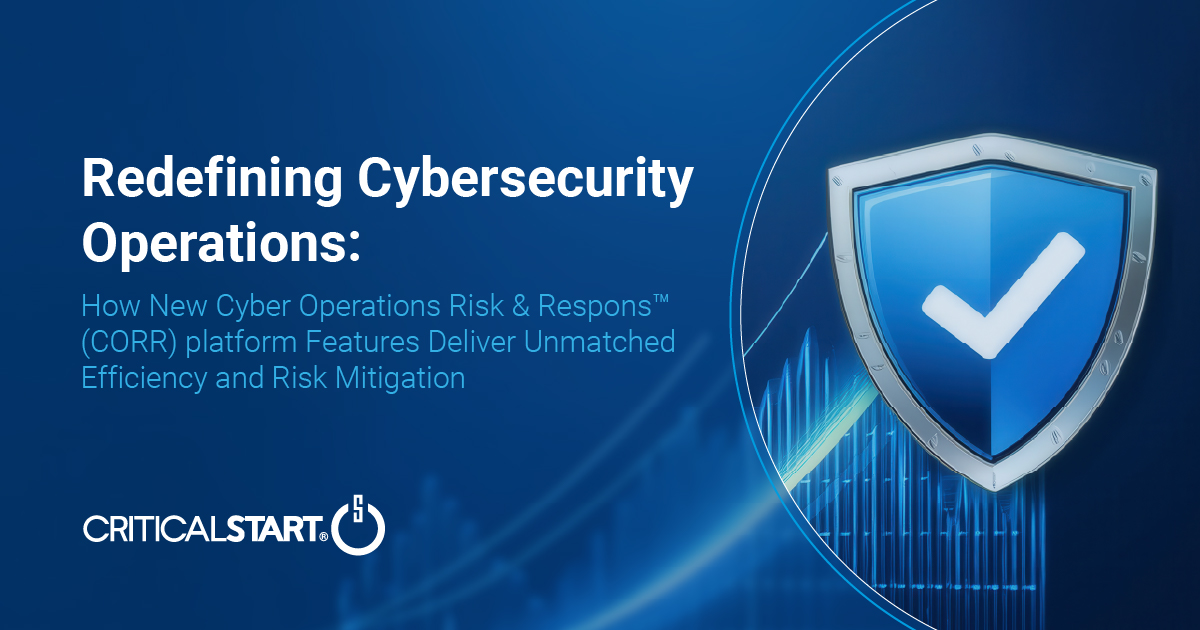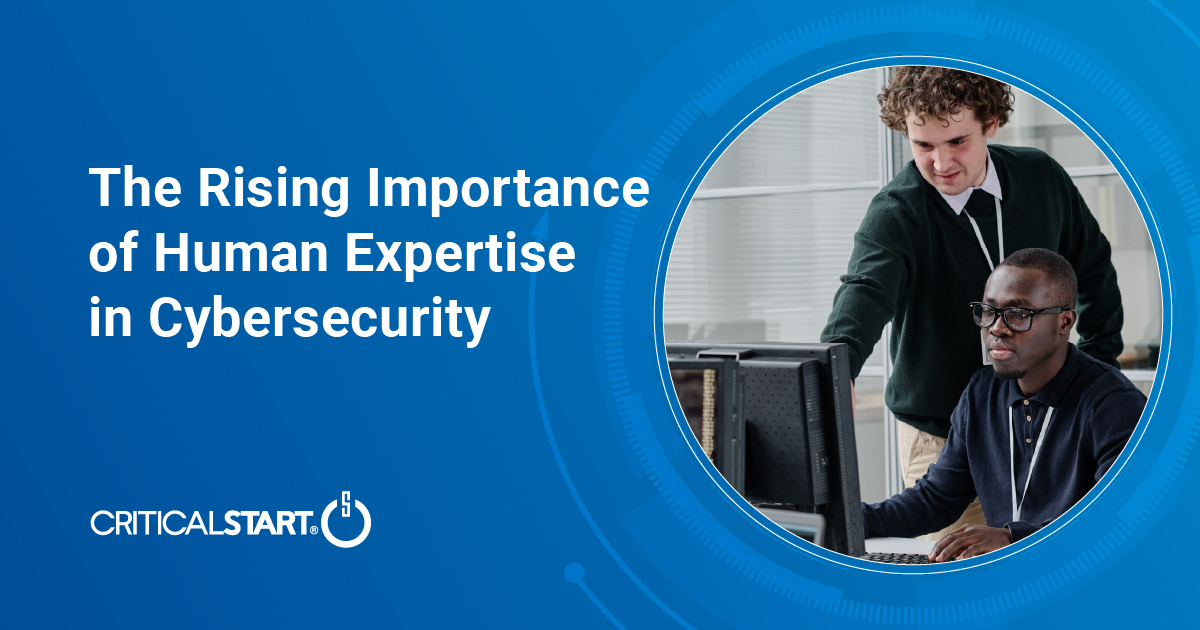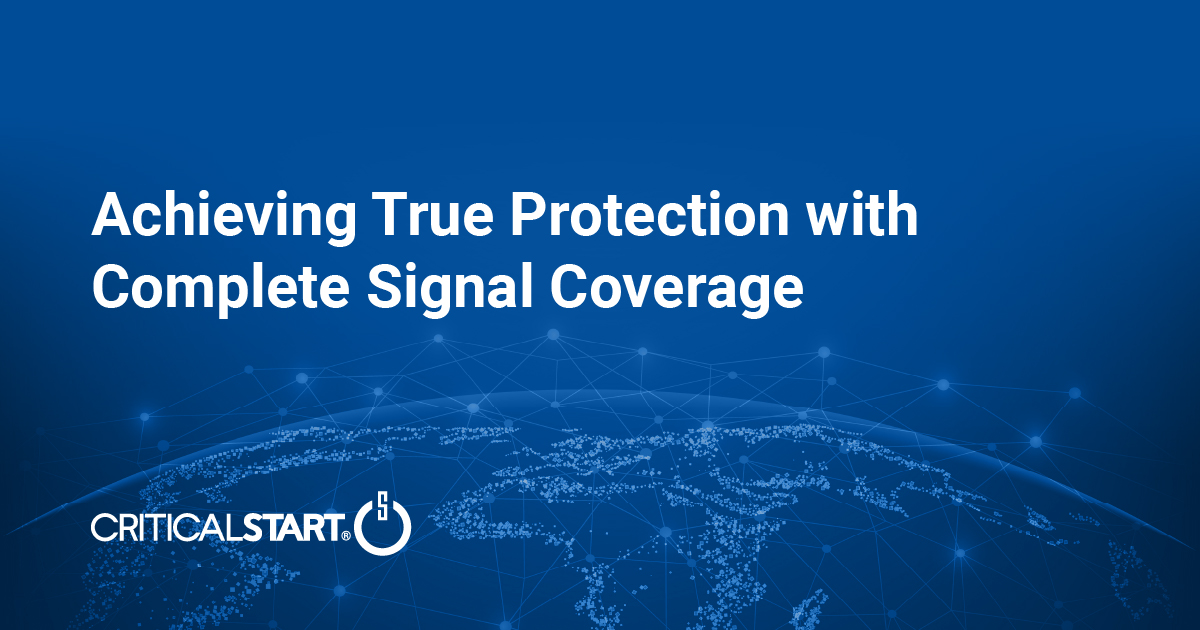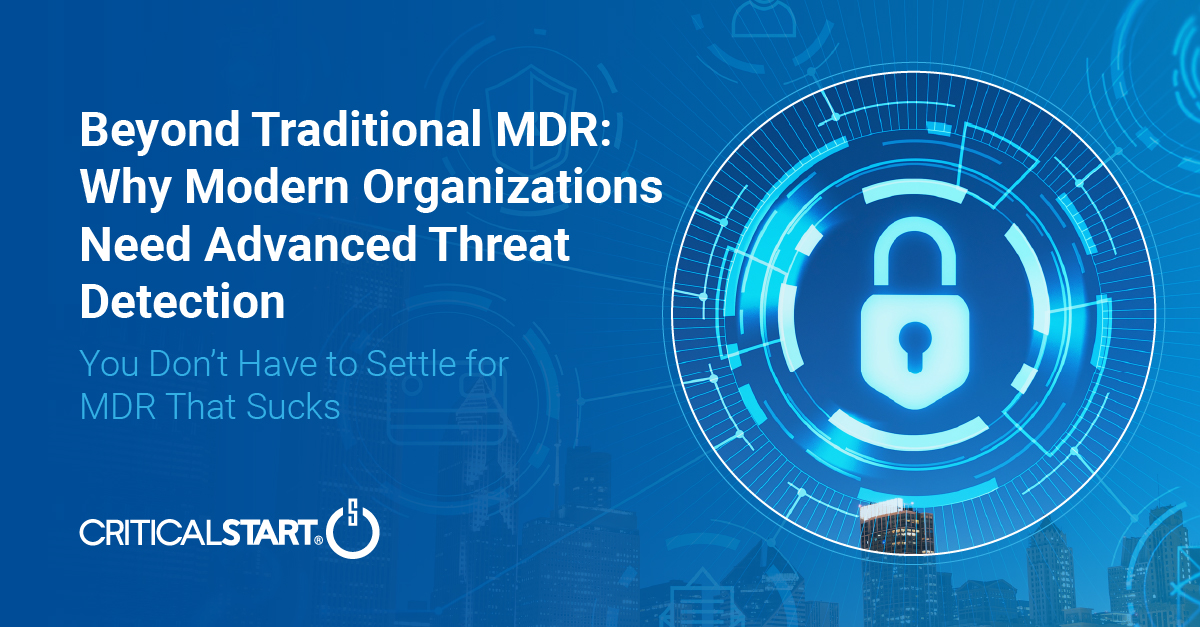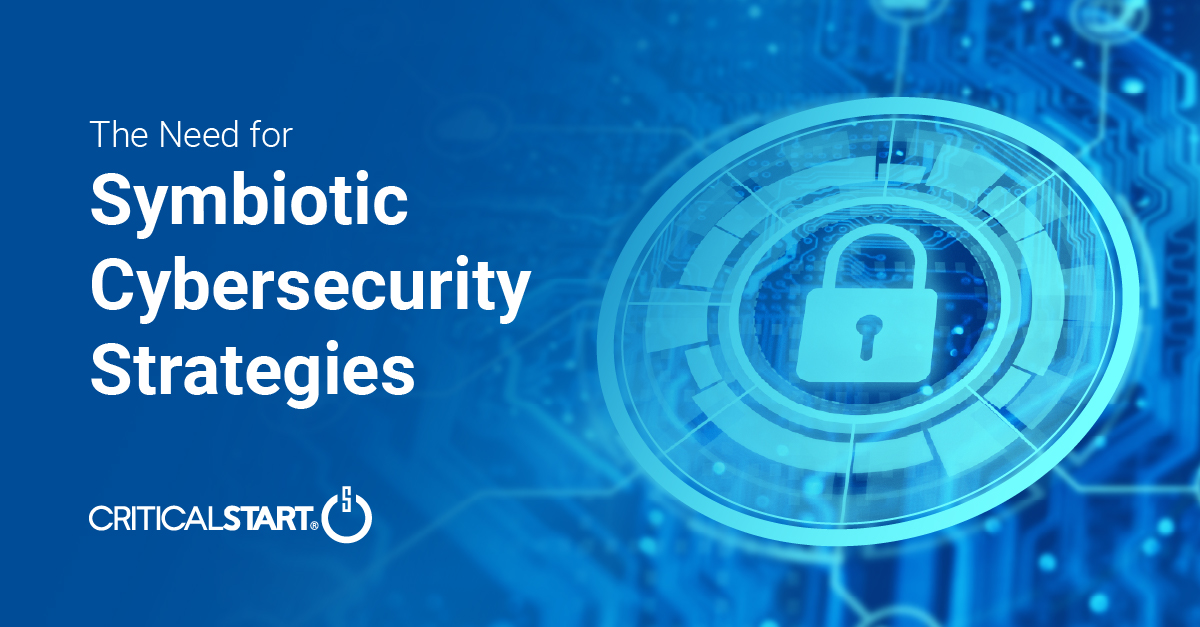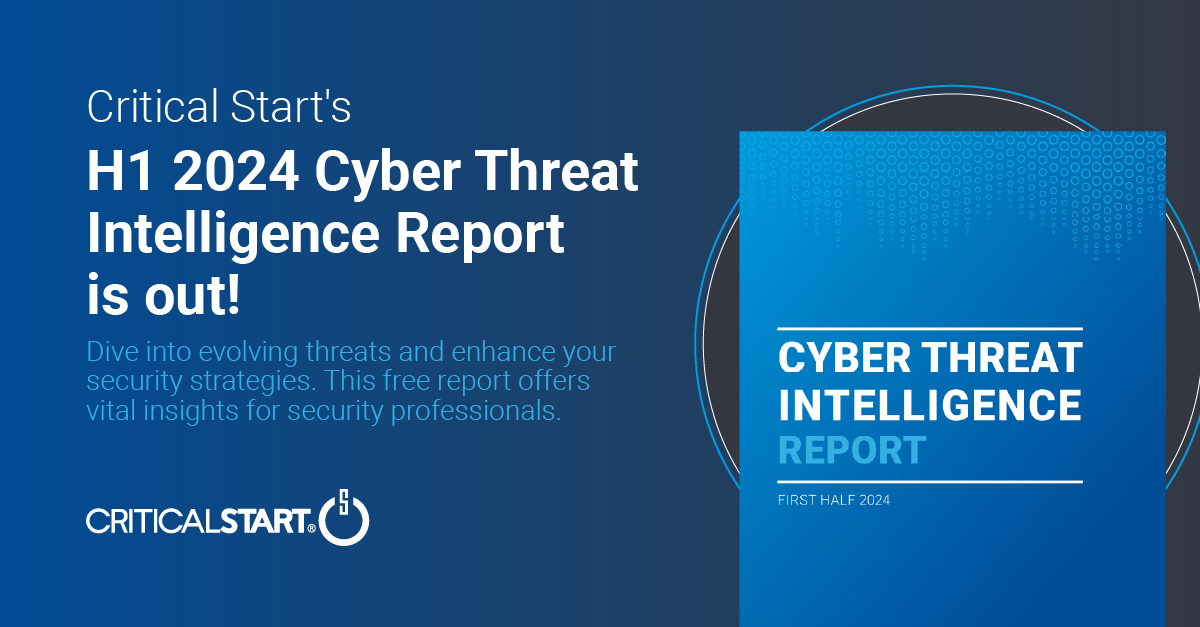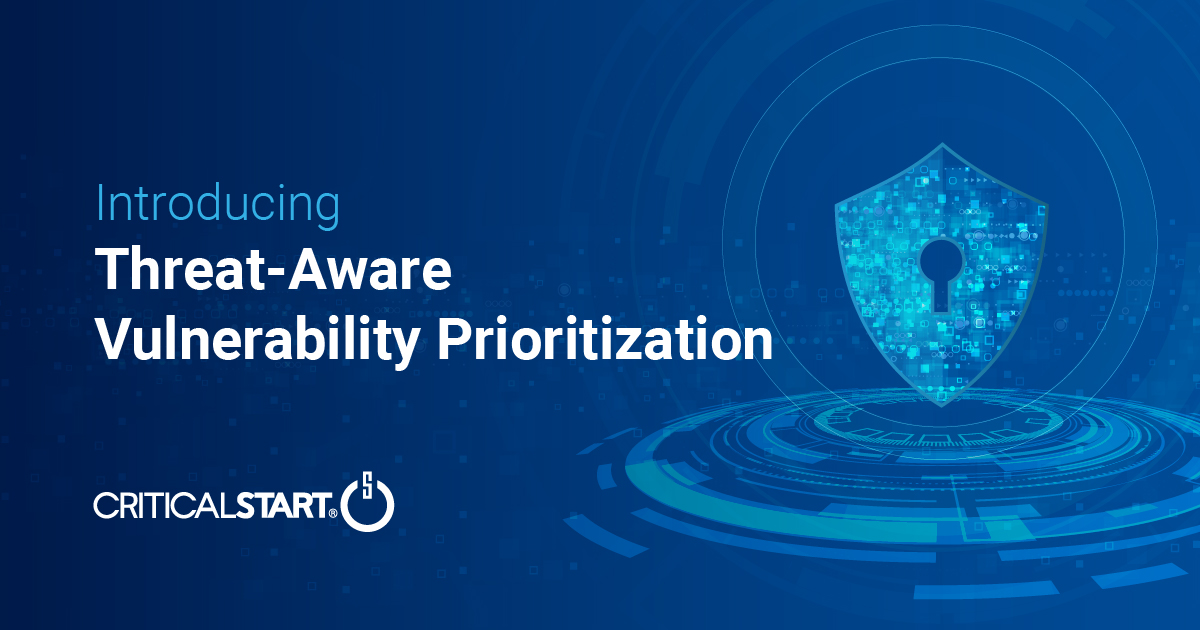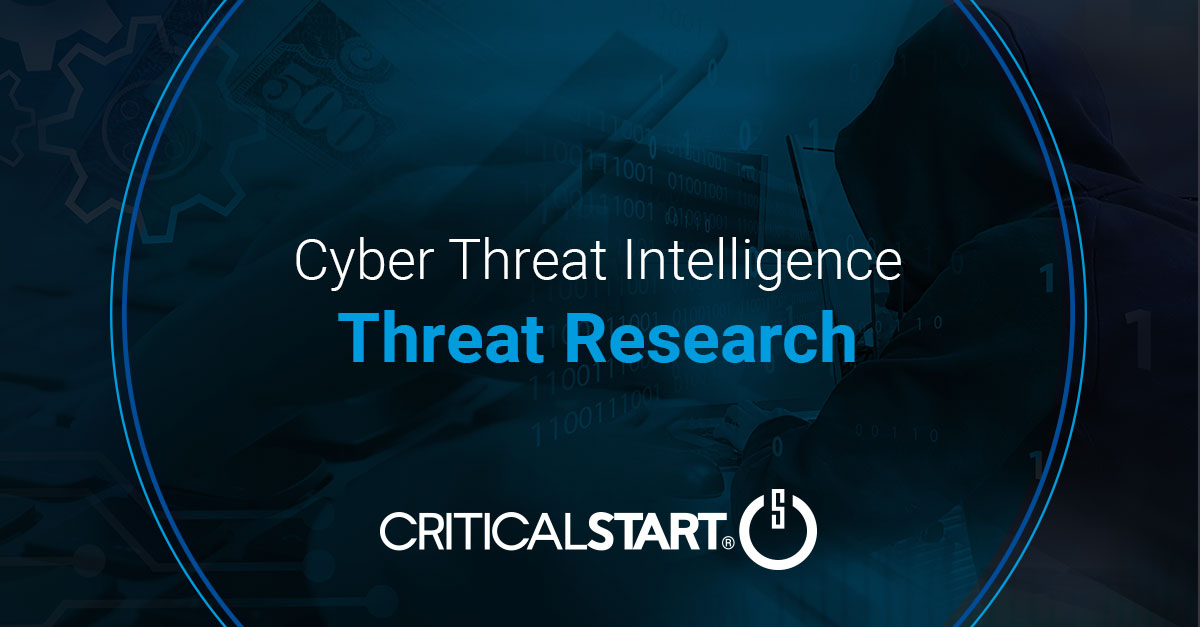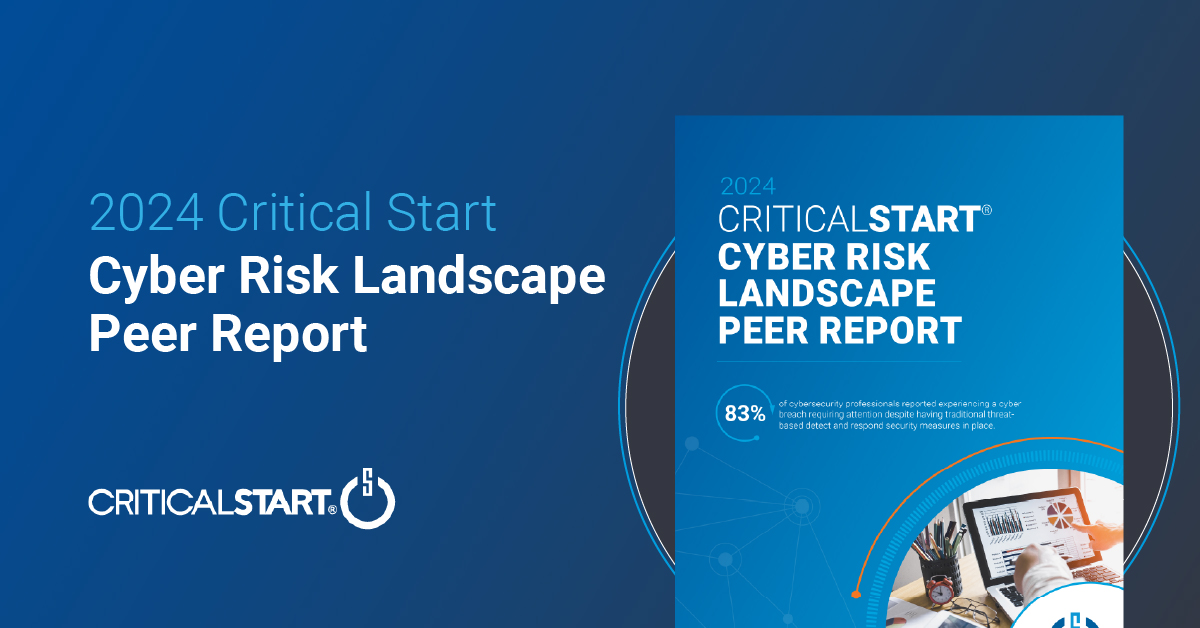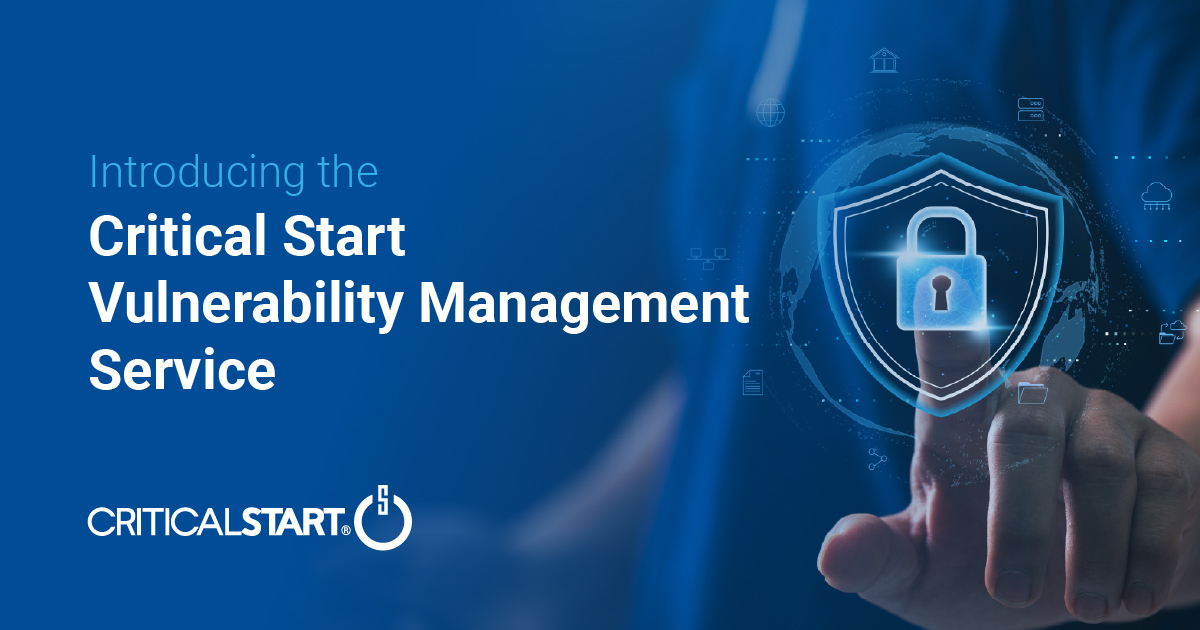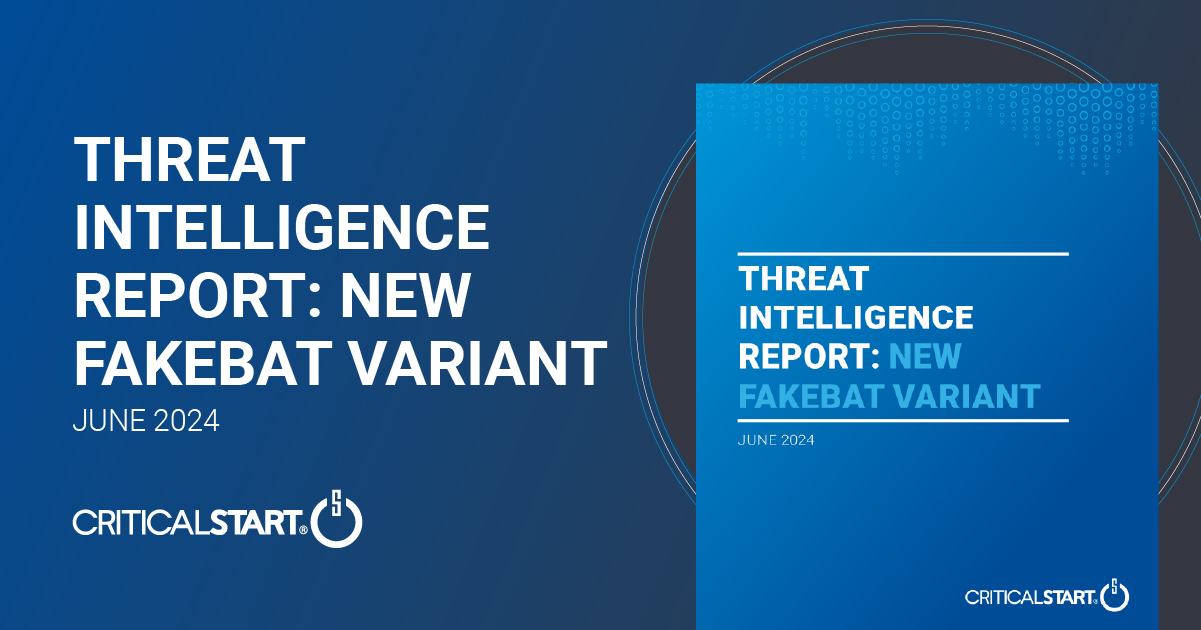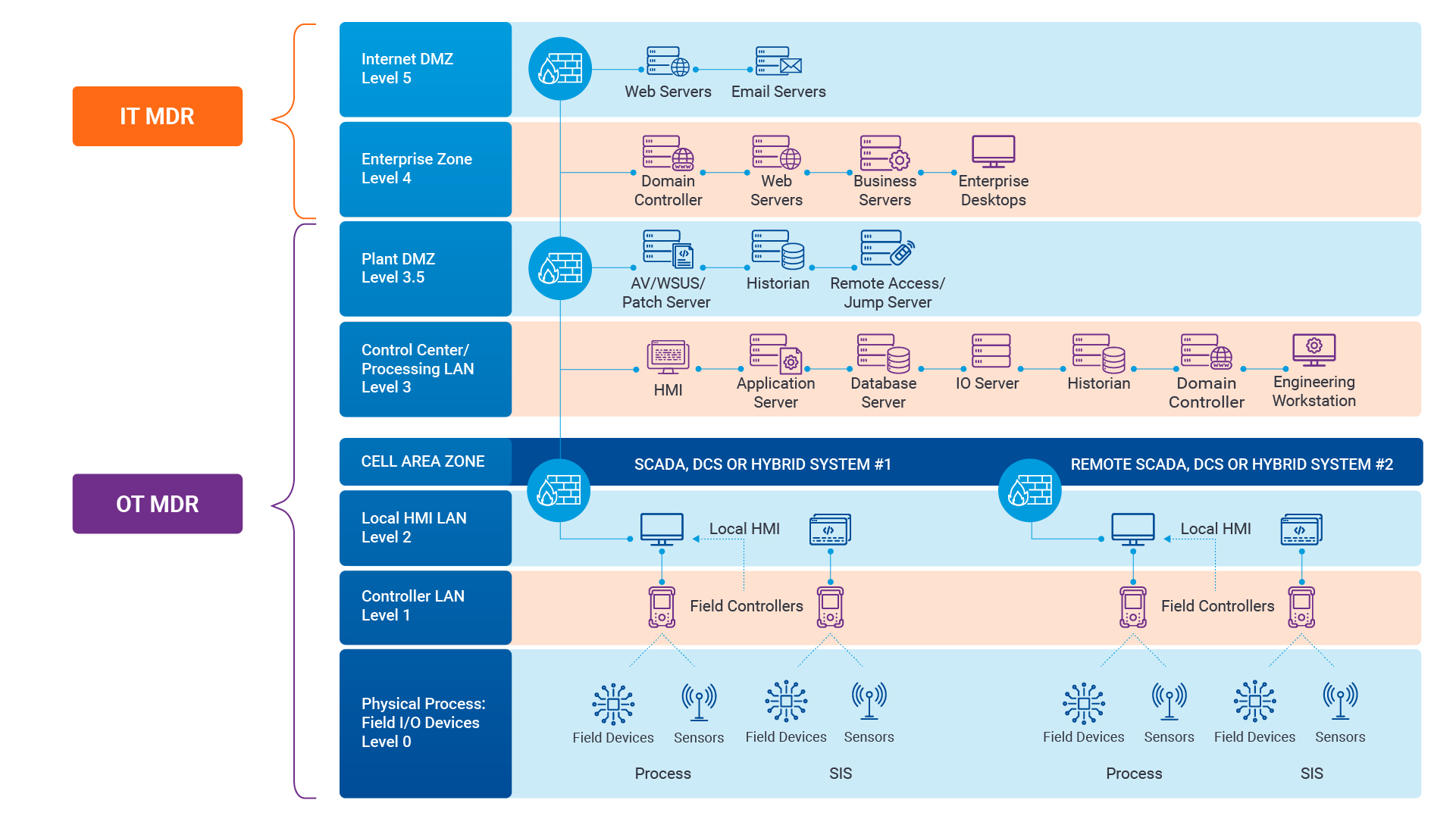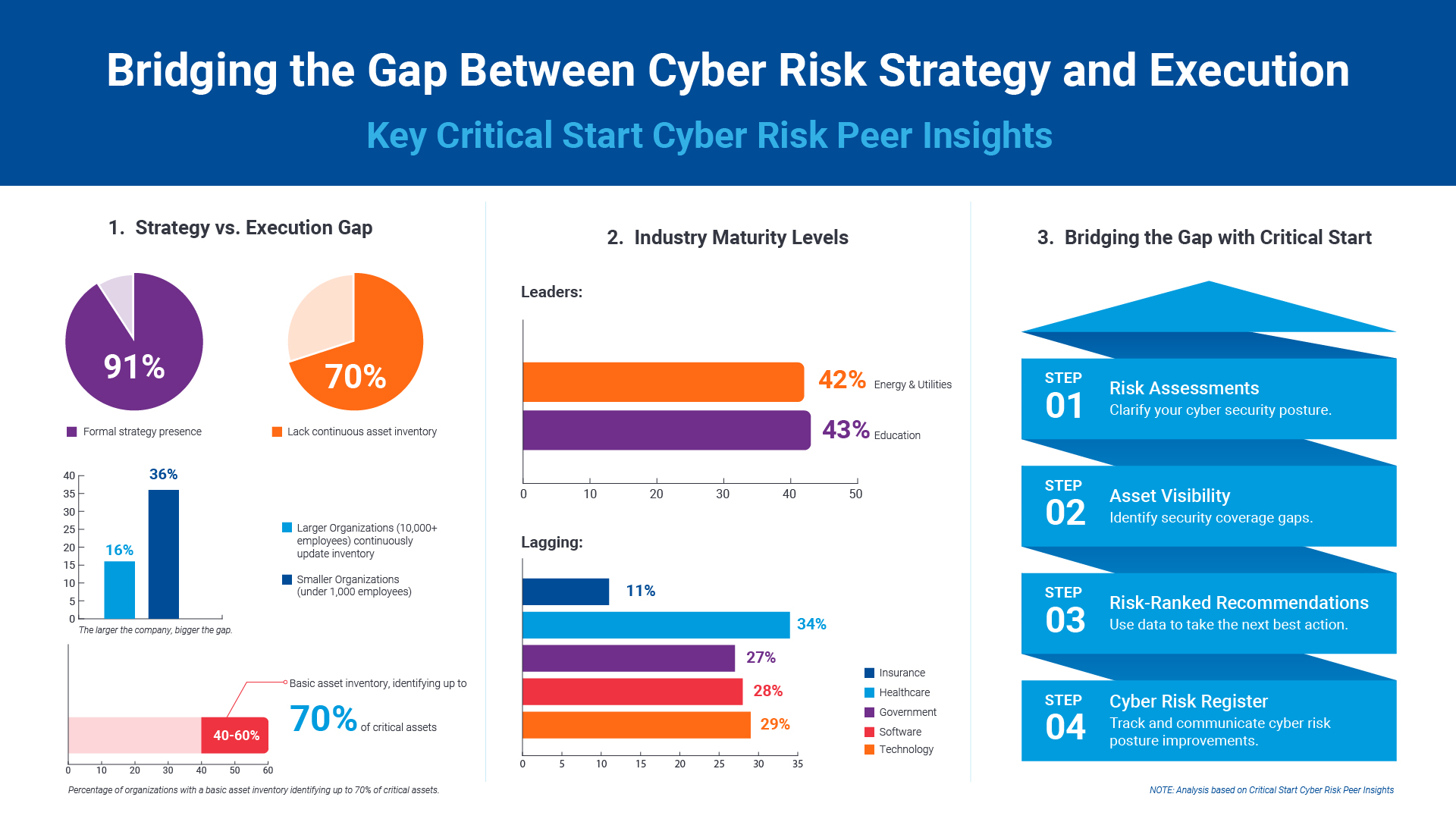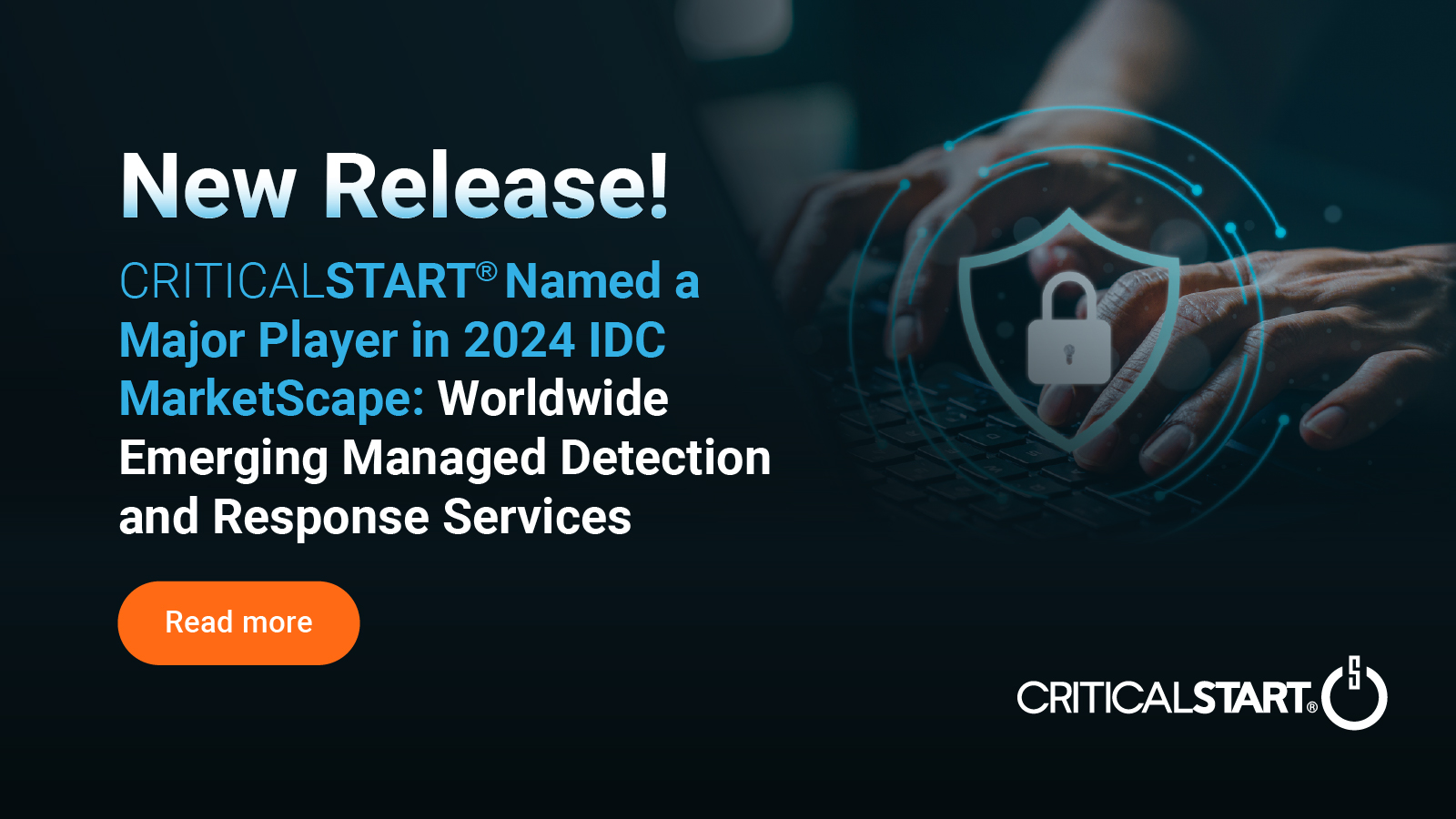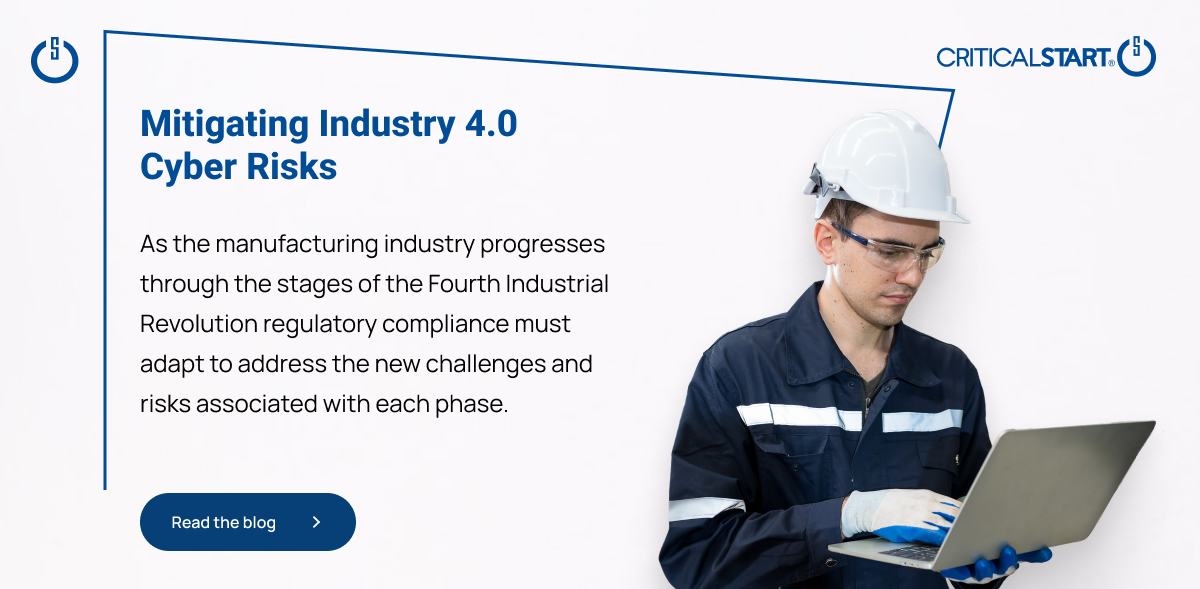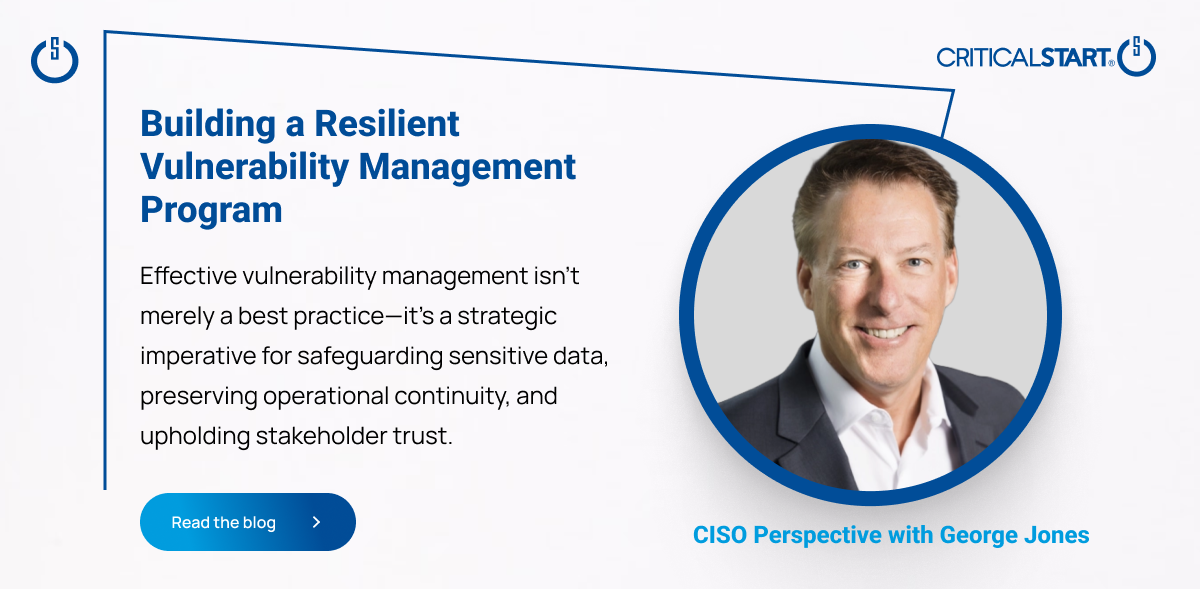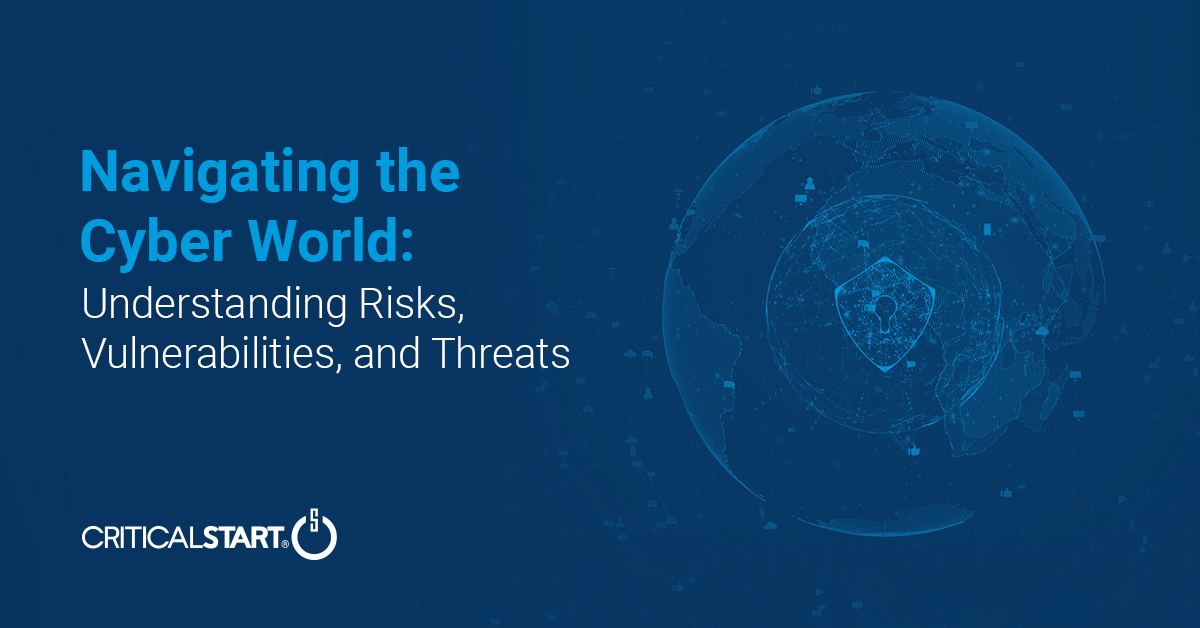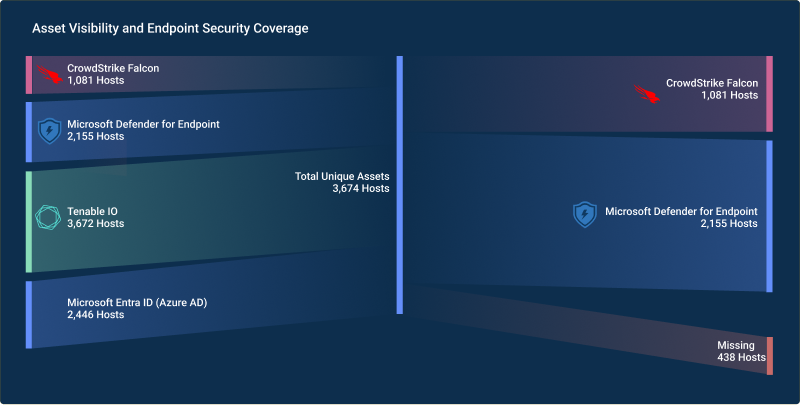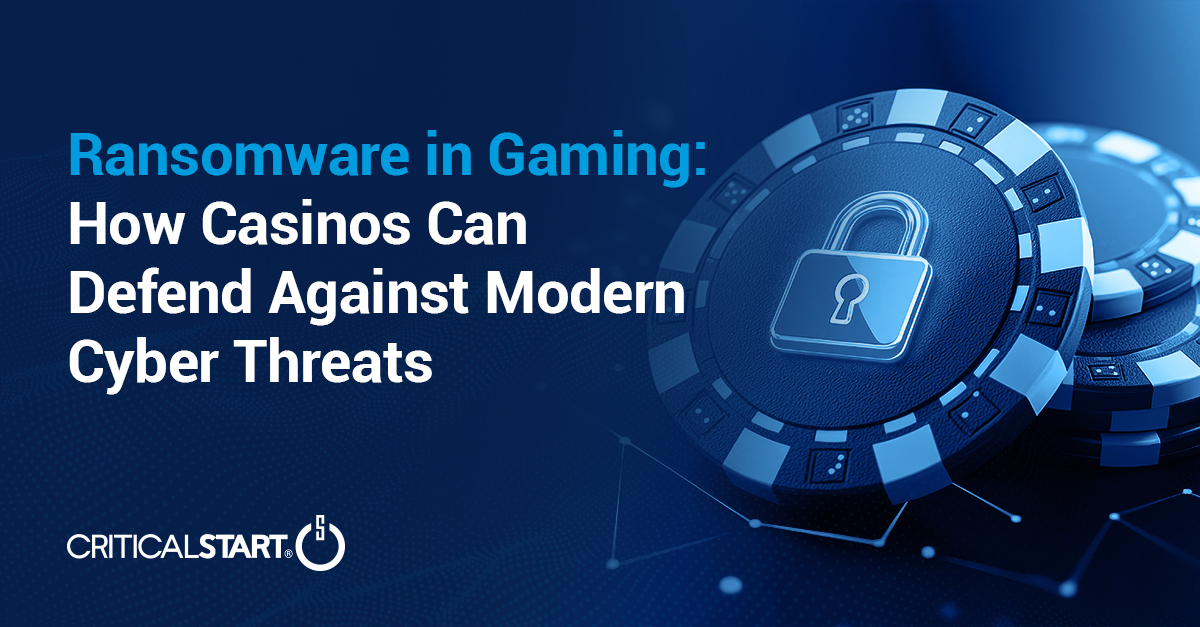In cybersecurity, humans will always have a role to play. Security incidents need critical decision-making factors that require human analytics. CRITCALSTART’s Jordan Mauriello and Michael Balboni, President of Redland Strategies, and former Senator, assemblyman, advisor to Homeland Security, have some thoughts on the role of humans and where machines fit into cybersecurity.
—
Full Transcript:
Hey guys, Jordan Mauriello with CRITICALSTART here, Senior Vice President of Managed Services. Today I have with me Michael Balboni, President of Redland Strategies, former Senator, Assemblyman, advisor to Homeland Security. Honored to have him here with us today. We’ve been doing some awesome discussions about things that we’re doing at CRITICALSTART and working with Redland Strategies.
Today we wanted to take an opportunity just to talk to Michael about some general cybersecurity issues. He’s a major influencer in our community. I know many of you already know who he is, and has had a major impact even on some of the legislature that we’ve seen around our industry too as well. We want to take the time to get some thoughts from him on some of the direction the industry’s going and the impact that some of the changes we see in cyber in general are having on national defense, the role of Senate and Congress, and where that’s going from a legislature perspective.
We’re going to open up and have a nice, fun conversation here about some of these issues. Thank you so much for being with us, Michael.
Thanks for having me Jordan, and thanks for your service to the country in the military.
Thank you very much, sir. I appreciate your support.
—
You definitely see this massive difference in organizations and capability and there’s not a standard set maturity. We have some customers that we walk in and we can’t believe how mature they are. Great leadership and they really understand the problems, they know the industry and generally, what we see are guys who have the right experience, come from backgrounds that we’ve kind of expect with the technical understanding and knowledge.
A lot of times they’re from government cybersecurity roles and they have the understanding of how to come and identify and begin to protect a threat. But, we don’t have a standard that we’re committing to either as well. Even though we have some great ones. The NIST cybersecurity framework is fantastic, but how many organizations are actually committing to and doing that today? It’s very, very few.
It’s amazing how many corporations that I’ve seen from a $25 million to a $100 million capitalization that don’t even have a Chief Information Security Officer. It’s their IT guy and their physical security guy and never the twain shall meet that. It’s still that divide. I think that obviously one of the key requirements under NIST is to have a Chief Information Security Officer, have one person who’s responsible for not only setting up the different security architectures, but then monitoring the network, devising a response protocol and being able to call out to different vendors so that you can bring people in and say, “First of all, let’s do a penetration test on my network.” Really, really crucial. Let’s have a vulnerably assessment, periodically. Let’s have training of staff. We always say that defense should be totally, completely automated. Not always. There is a human interface. It’s very important.
It depends upon where in the kill chain, that is the Lockheed Martin developed set of steps that an attacker has to take to make something a weapon, and insert it into a network. Where along the kill chain can a human interface come and recognize the threat and stop it? We’ve kind of lost it. We want to say, as they say, the Terminator kind, machine versus machine. There should be no humans involved. Well, no. That’s not exactly correct. Humans have a role to play. It’s just perhaps further down the line when a threat has been identified and is a resolution to that threat, then the human can play a role in that.
Yeah, I completely agree. I think the importance of artificial intelligence and machine learning has been massively overplayed in our space right now. They become buzzwords and everybody wants to throw them in their technology and say they have ML or AI. The reality of it is it’s still a very limited technology set. You cannot do causation with AI or ML today.
Explain that to me. What do you mean by causation?
An AI and ML cannot answer why something happened for you. When you’re getting to what should be the human interface point in security, maybe you’re using some sort of analytic engine to distill down data. You get an incident that requires analysis and you want to ask, “Why did this happen? What’s the root cause of this incident and can I prove that known good or known bad?” That requires a human. It’s a critical decision making factor that requires human analytics and the machine can’t do that for us yet. Nobody in the world can with AI yet.
Now that’s not to say it won’t. In fact, I think one of the fathers of modern machine learning and AI, Judea Pearl, wrote a great book recently and I highly recommend, called “The Book of Why”. He’s talking specifically about this problem. We can’t do causation yet with AI and ML. We still need to understand that it’s use case-specific, that it applies to certain things, that it can do detection for us, that it can produce maybe some visibility mechanisms we didn’t have before. The end of it, when you’re answering, “Why did that happen and what do I need to do to respond,” that’s a human and it still needs to be a human.
![]()
Ransomware in 2025: The Real Risk, the Gaps That Persist, and What Actually Works
Ransomware attacks aren’t slowing down. They’re getting smarter, faster, and more expensive. In ...![]()
Security Operations Leaders: The Chaos Is Real
If you’re a CISO, SOC leader, or InfoSec pro, you’ve felt it. Alert volumes spike. Tools multipl...![]()
Transform Vulnerability Management: How Critical Start & Qualys Reduce Cyber Risk
In a recent webinar co-hosted by Qualys and Critical Start, experts from both organizations discusse...![]()
H2 2024 Cyber Threat Intelligence Report: Key Takeaways for Security Leaders
In a recent Critical Start webinar, cyber threat intelligence experts shared key findings from the H...![]()
Bridging the Cybersecurity Skills Gap with Critical Start’s MDR Expertise
During a recent webinar hosted by CyberEdge, Steven Rosenthal, Director of Product Management at Cri...![]()
2024: The Cybersecurity Year in Review
A CISO’s Perspective on the Evolving Threat Landscape and Strategic Response Introduction 2024 has...![]()
Modern MDR That Adapts to Your Needs: Tailored, Flexible Security for Today’s Threats
Every organization faces unique challenges in today’s dynamic threat landscape. Whether you’re m...![]()
Achieving Cyber Resilience with Integrated Threat Exposure Management
Welcome to the third and final installment of our three-part series Driving Cyber Resilience with Hu...Why Remote Containment and Active Response Are Non-Negotiables in MDR
You Don’t Have to Settle for MDR That Sucks Welcome to the second installment of our three-part bl...![]()
Choosing the Right MDR Solution: The Key to Peace of Mind and Operational Continuity
Imagine this: an attacker breaches your network, and while traditional defenses scramble to catch up...![]()
Redefining Cybersecurity Operations: How New Cyber Operations Risk & Response™ (CORR) platform Features Deliver Unmatched Efficiency and Risk Mitigation
The latest Cyber Operations Risk & Response™ (CORR) platform release introduces groundbreaking...![]()
The Rising Importance of Human Expertise in Cybersecurity
Welcome to Part 1 of our three-part series, Driving Cyber Resilience with Human-Driven MDR: Insights...![]()
Achieving True Protection with Complete Signal Coverage
Cybersecurity professionals know all too well that visibility into potential threats is no longer a ...![]()
Beyond Traditional MDR: Why Modern Organizations Need Advanced Threat Detection
You Don’t Have to Settle for MDR That Sucks Frustrated with the conventional security measures pro...The Power of Human-Driven Cybersecurity: Why Automation Alone Isn’t Enough
Cyber threats are increasingly sophisticated, and bad actors are attacking organizations with greate...Importance of SOC Signal Assurance in MDR Solutions
In the dynamic and increasingly complex field of cybersecurity, ensuring the efficiency and effectiv...The Hidden Risks: Unmonitored Assets and Their Impact on MDR Effectiveness
In the realm of cybersecurity, the effectiveness of Managed Detection and Response (MDR) services hi...![]()
The Need for Symbiotic Cybersecurity Strategies | Part 2: Integrating Proactive Security Intelligence into MDR
In Part 1 of this series, The Need for Symbiotic Cybersecurity Strategies, we explored the critical ...Finding the Right Candidate for Digital Forensics and Incident Response: What to Ask and Why During an Interview
So, you’re looking to add a digital forensics and incident response (DFIR) expert to your team. Gr...![]()
The Need for Symbiotic Cybersecurity Strategies | Part I
Since the 1980s, Detect and Respond cybersecurity solutions have evolved in response to emerging cyb...![]()
Critical Start H1 2024 Cyber Threat Intelligence Report
Critical Start is thrilled to announce the release of the Critical Start H1 2024 Cyber Threat Intell...![]()
Now Available! Critical Start Vulnerability Prioritization – Your Answer to Preemptive Cyber Defense.
Organizations understand that effective vulnerability management is critical to reducing their cyber...![]()
Recruiter phishing leads to more_eggs infection
With additional investigative and analytical contributions by Kevin Olson, Principal Security Analys...![]()
2024 Critical Start Cyber Risk Landscape Peer Report Now Available
We are excited to announce the release of the 2024 Critical Start Cyber Risk Landscape Peer Report, ...Critical Start Managed XDR Webinar — Increase Threat Protection, Reduce Risk, and Optimize Operational Costs
Did you miss our recent webinar, Stop Drowning in Logs: How Tailored Log Management and Premier Thre...Pulling the Unified Audit Log
During a Business Email Compromise (BEC) investigation, one of the most valuable logs is the Unified...![]()
Set Your Organization Up for Risk Reduction with the Critical Start Vulnerability Management Service
With cyber threats and vulnerabilities constantly evolving, it’s essential that organizations take...![]()
Announcing the Latest Cyber Threat Intelligence Report: Unveiling the New FakeBat Variant
Critical Start announces the release of its latest Cyber Threat Intelligence Report, focusing on a f...Cyber Risk Registers, Risk Dashboards, and Risk Lifecycle Management for Improved Risk Reduction
Just one of the daunting tasks Chief Information Security Officers (CISOs) face is identifying, trac...![]()
Beyond SIEM: Elevate Your Threat Protection with a Seamless User Experience
Unraveling Cybersecurity Challenges In our recent webinar, Beyond SIEM: Elevating Threat Prote...![]()
Navigating the Convergence of IT and OT Security to Monitor and Prevent Cyberattacks in Industrial Environments
The blog Mitigating Industry 4.0 Cyber Risks discussed how the continual digitization of the manufac...![]()
Critical Start Cyber Risk Peer Insights – Strategy vs. Execution
Effective cyber risk management is more crucial than ever for organizations across all industries. C...![]() Press Release
Press ReleaseCritical Start Named a Major Player in IDC MarketScape for Emerging Managed Detection and Response Services 2024
Critical Start is proud to be recognized as a Major Player in the IDC MarketScape: Worldwide Emergin...Introducing Free Quick Start Cyber Risk Assessments with Peer Benchmark Data
We asked industry leaders to name some of their biggest struggles around cyber risk, and they answer...Efficient Incident Response: Extracting and Analyzing Veeam .vbk Files for Forensic Analysis
Introduction Incident response requires a forensic analysis of available evidence from hosts and oth...![]()
Mitigating Industry 4.0 Cyber Risks
As the manufacturing industry progresses through the stages of the Fourth Industrial Revolution, fro...![]()
CISO Perspective with George Jones: Building a Resilient Vulnerability Management Program
In the evolving landscape of cybersecurity, the significance of vulnerability management cannot be o...![]()
Navigating the Cyber World: Understanding Risks, Vulnerabilities, and Threats
Cyber risks, cyber threats, and cyber vulnerabilities are closely related concepts, but each plays a...The Next Evolution in Cybersecurity — Combining Proactive and Reactive Controls for Superior Risk Management
Evolve Your Cybersecurity Program to a balanced approach that prioritizes both Reactive and Proactiv...![]()
CISO Perspective with George Jones: The Top 10 Metrics for Evaluating Asset Visibility Programs
Organizations face a multitude of threats ranging from sophisticated cyberattacks to regulatory comp...- Webinar
Are Critical Threats Slipping Through Your Defenses?
Modern security teams are buried in noisy alerts and stretched thin. Even with powerful tools like M... ![]()
Ransomware in Gaming: How Casinos Can Defend Against Modern Cyber Threats
Hackers aren’t gambling. They know exactly where to hit. And for gaming companies, the stakes ...- eBook
Ditch the Black Box: Get Transparent MDR with Critical Start
Tired of MDR providers leaving you in the dark? We totally get it. Our eBook, Unmatched Transparency...
Newsletter Signup
Stay up-to-date on the latest resources and news from CRITICALSTART.
Thanks for signing up!
